Welcome to the Milltown & Bonner, Montana Picture Tour.
Please note: The former lumber Company towns east of Missoula, Montana are small and located next to each other so we combined the two Western Montana towns into one tour.
Milltown and Bonner, Montana are located where Clark Fork and Blackfoot Rivers merge together. The towns were built to house sawmill employees and managers.
Northern Pacific Railroad
In 1881, the Northern Pacific Railroad contracted with a company led by E. L. Bonner, Andrew Hammond, and Richard Eddy to supply timber. In 1886, the Clark Fork and Blackfoot Rivers were dammed and the largest sawmill in the northern Rockies was built in Bonner, Montana. By the late 1890s, Bonner was under the control of the Anaconda Copper Company. and was run as a Company town until the late 1970s.
Bonner Dam
The dam collected logs for the sawmill and beginning in 1908, generated electrical power. Unfortunately, the dam also caught mine contamination from Butte’s mining district, to the east. More than 6.6 million cubic yards of sediment containing mine waste, laden with heavy metals and arsenic had washed down the Clark Fork River to settle at the Milltown Dam. After more than twenty years of study, planning and legal negotiation, the work on the state’s mining legacy began in the fall of 2006 to reestablishing natural stream channels and native vegetation along the Clark Fork and Blackfoot Rivers.
Thank you!
Today, thanks to the work of Montana native Scott Cooney, you can still see surviving landmarks of the Company Town. Our favorite has always been the neat row houses found along Highway 200 in Bonner, Montana.

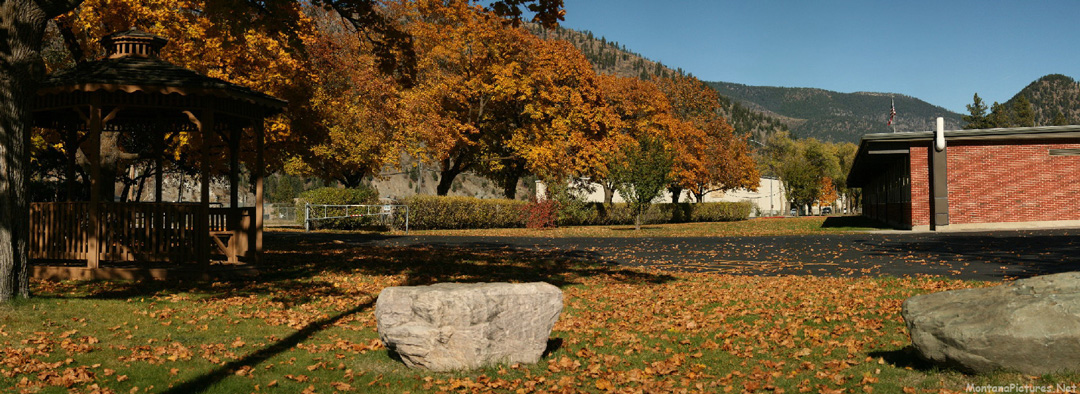

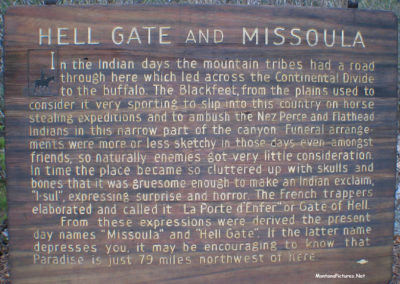
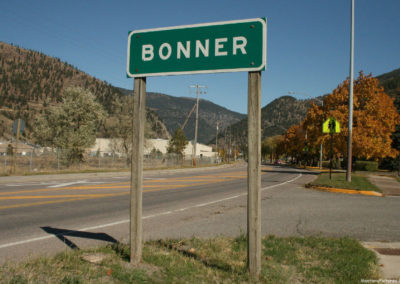
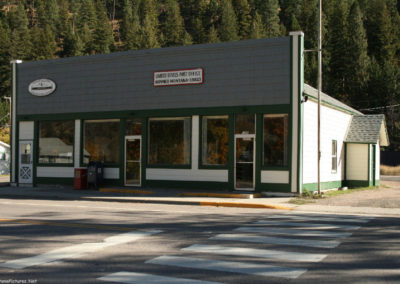


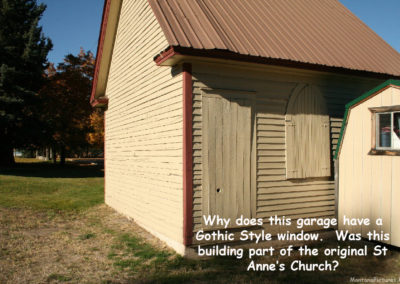
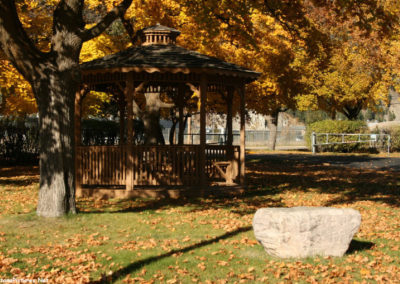

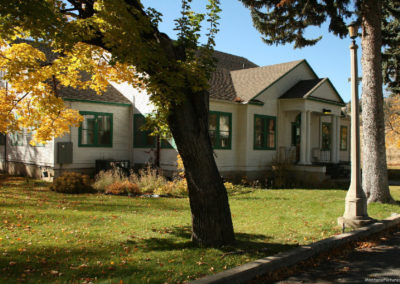
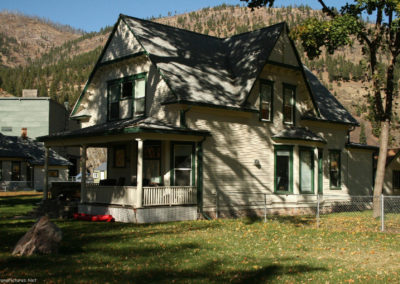
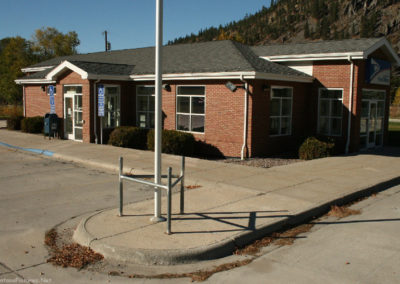
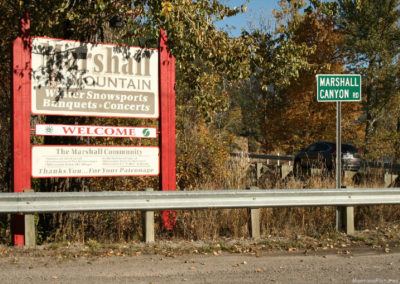
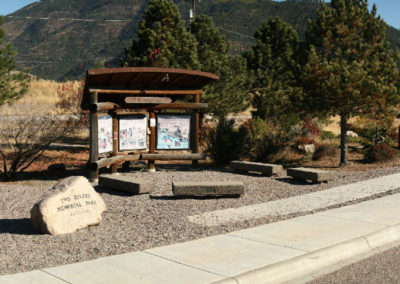
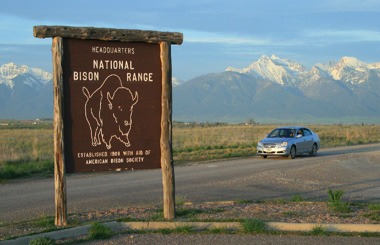
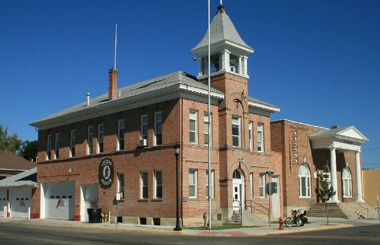
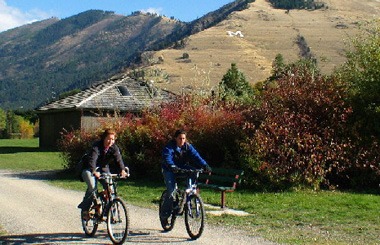
Recent Comments